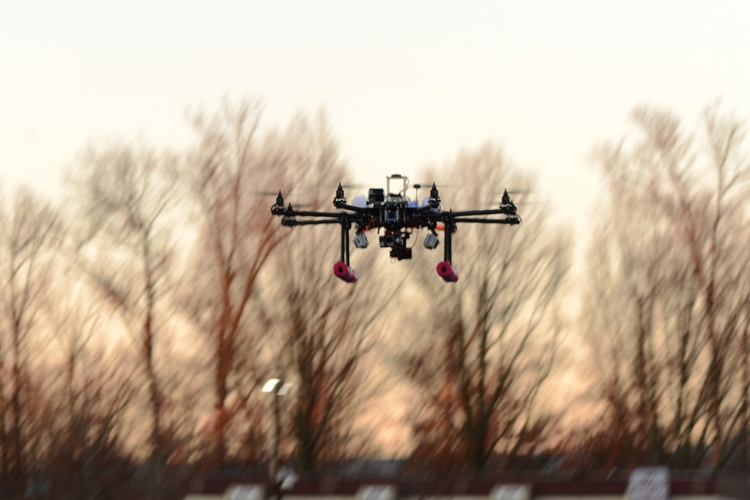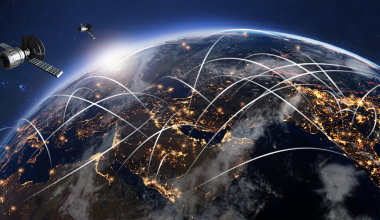It’s a bird, it’s a plane…it’s a drone?
Drones or UAS are used by government agencies for a variety of things, from facilitating rescue missions to aerial intelligence gathering. Drones can also perform a variety of routine tasks in addition to collecting information from uncharted, hazardous areas. Due to their wide availability and low cost, drones are also used by the general public for recreational purposes. However, the boundaries between public and private drone uses are being crossed as amateur UAS operators have mistakenly flown into flight paths at major airports, interfered with firefighting efforts by hovering near forest fires, and flying too close to commercial aircraft.
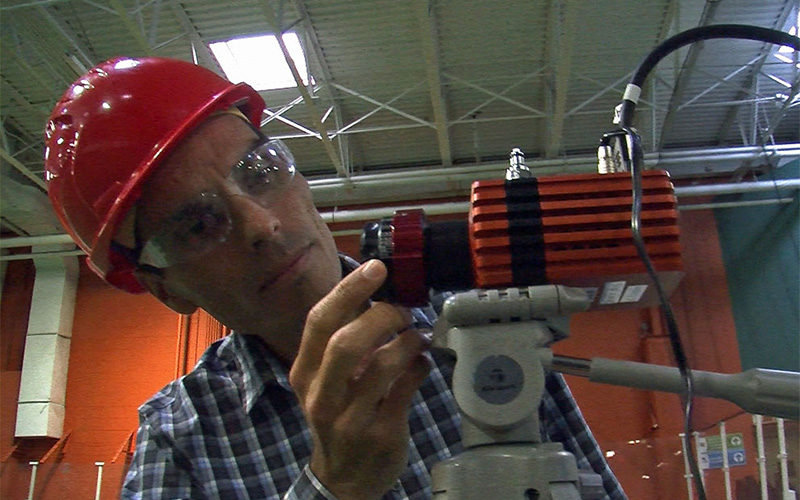
UAS as Security and Privacy Threats
In addition, not all drone interference are simple mistakes; some are intentional and malicious. Rogue individuals and groups have used drones for illegal or unethical purposes such as transporting drugs, smuggling weapons across borders, and spying. Since a drone can be equipped with sophisticated audio/video systems, they can also be used to monitor government, public, and private facilities to steal intellectual property.
Drones can now also be modified to transport and remotely fire weapons. Experts anticipate they will soon be able to be used for explosive attacks, release chemical agents, or swarm with dozens of other drones in coordinated assaults designed to overwhelm targets and override their defenses.
The many and varied uses for drones have raised concerns about this unregulated industry, prompting the need for CUAS technology and drone detection systems. Businesses, government agencies, and private individuals all have reasons for wanting to know what is flying over their property and why.
Drone Detection and Assessment
Using 3-D Technology for Counter-UAS
An Aerospace team has been investigating different ways to detect and assess drones in flight using 3-D tracking, acoustic, and infrared sensors. The company had previously done research on motion-tracking algorithms and 3-D visualization, so “the team quickly adapted those technologies for the drone problem,” said Dr. Randy Villahermosa, Executive Director of the Innovation Lab at Aerospace.
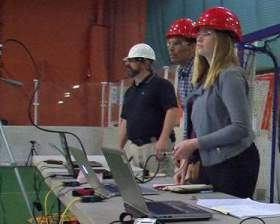
The team of researchers, led by Val Vaughn, has completed two field tests in which they used their instruments to collect data on drones in flight. Combining input from several cameras, they created realtime 3-D tracking of a flying drone, which enabled them to determine the position, speed, and direction of the drone more accurately than using 2-D video.
By analyzing a drone’s flight pattern, the team hopes to be able to identify the type of drone and determine whether it is carrying any cargo. They may also be able to tell if the drone is flying under manual or GPS control…or if it is out of control and liable to crash.
Other Effective Drone Detection Methods
To address drone detection in the dark, the team set up infrared cameras and used them to collect data. They also investigated if they can determine how long a drone has been flying before it reached a camera—in other words, how far away it came from. An infrared camera is particularly useful for this type of test because it might be able to record a difference in temperature, depending on how long the drone has had its motor running.
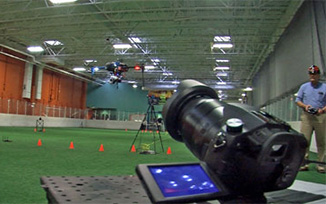
In their experiments, the Aerospace team uses consumer-grade cameras, the type that a business might already be using for perimeter security. These methods are an attempt to glean as much information as possible from this type of standard equipment.
The team also set up microphones to collect acoustic data from the flying drones. Because different types of drones make different sounds, acoustics help to detect and identify individual drones based on their signature sounds.
UAS and Counter-UAS Technology Benefits Everyone
The goal for using all this equipment is to rapidly identify drones and collect as much information as possible to determine their intent. This would allow security personnel to decide what action, if any, is necessary to respond. However, the Aerospace team isn’t just stopping with these types of tests; they have also considered mounting some of this technology on the drones themselves.
“It’s part of a broader strategy to use the motion-tracking algorithms and 3-D model-generation methods that we’ve developed to first track drones (for counter-UAS), and then transition to tracking objects based on video taken from a drone,” Villahermosa said. “Power line inspections, security perimeter patrols, search and rescue, and autonomous navigation are some of the applications we’re exploring.”
Clearly, this cutting-edge drone detection technology has a wide application, and Aerospace is poised to explore its many uses to ensure that military, government, and commercial enterprises can maintain optimum privacy and security.
